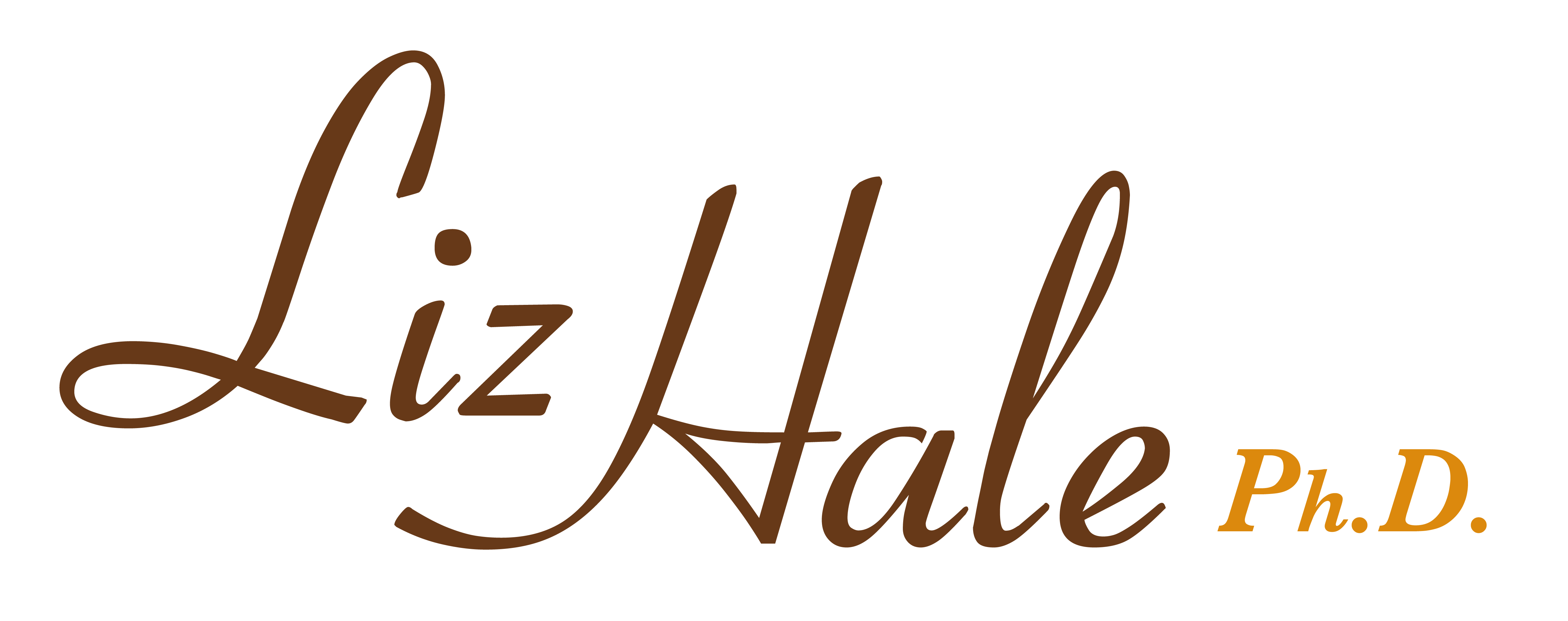- in Happiness
Mid-Life Happiness
KSL Television ~ Studio 5
Here’s a question for youââ?¬Â¦what age do you consider “middle-age” to be? If you’re like most, that number keeps getting older and older the older you get! Generally speaking, most individuals consider mid-life to be somewhere between the mid-40’s and mid-50’s.Often associated with this span of time are worries about fleeting youth, disappointing losses, and sagging midriffs. Some even call this the classic mid-life crisisââ?¬Â¦ but does that really exist? And, if so, how can we survive and thrive in spite of it?
May I just first say this: What bothers me most about “the mid-life crisis” is that it’s always gender biased. When a 50-year old woman buys a new red-hot sports car, I’ve never heard anyone say, “Oh, she’s going through a mid-life crisis!” But when a 50-year old man buys a red-hot sports car, what’s the first thing we often say? I’m less concerned what we call it; the truth of the matter is that mid-life calls for a psycho-social adjustment. This is a time of major change. There are shifts in career, marriage, and parenting. And with our physical signs of aging comes a realization of impending old age, retirement, and mortality.The central theme, really, is that realization of one’s own mortalityââ?¬Â¦.it’s a harsh reality to face that we will not live forever. There is a shift in time consideration from “time since birth” to “time left to live.” As I age my focus is on what time I have left and with this comes a major re-evaluation of who I am, the decisions I have made, and what really matters most in life. There are several things that can cause sadness and depression at mid-life: unmet goals, unrealized dreams, and lack of purpose. However, wherever we are in this life cycle stage there is always a chance for a new beginning and a renewed sense of purpose.Perhaps just understanding this mid-life transition might help some people move from thinking “there is something wrong with me,” to seeing that feelings and changes associated with mid-life are quite natural, as they are indeed a natural part of adulthood. There are three stages of adulthood: young adulthood (18 to 35), middle adulthood (35 to 55 or even 65), and older adulthood (65 and older). We spend the majority of our lives in middle adulthood. And during our middle adulthood stage we are either generating or stagnate and self-absorbed.Erik Erickson, influenced by Sigmund Freud, determined that during this stage of life work is crucial – whatever that life work is for you. Middle adulthood is all about productivity, stability, and contribution. In this stage we most fear meaninglessness. If we donââ?¬Ë?t pass through this stage successfully we risk becoming self-absorbed and stagnate. This is when we are more likely to make poor choices that jeopardize our relationships and career status.
Start from the Inside-Out
There is one major mistake we make in navigating our way through the aging obstacles.
Too often we work backwards. We make external changes in order to generate an internal shift. It’s not negative to make external changes, such as a new car, an updated wardrobe, a different hairstyle, or improved physique. But do it because it agrees with who you really are NOT to change into someone you are not!
The ultimate trial we have to face is ourselves; we are the monster. Can you face yourself and truly accept who you are? (Don’t believe everything you think about yourself!) Are you wise? Faithful? Loyal? Loving? Determined? In control? Then behave that way!
Accept Middle-Age Misery
According to an impressive study using date on 2 million people, from 80 nations, researchers from the University of Warwick and Dartmouth College in the U.S. have found an extraordinarily consistent international pattern in depression and happiness levels that leave most of us miserable in middle age. The researchers found happiness levels followed a U-shaped curve, with happiness higher towards the start and end of our lives and leaving most of us miserable at middle age. In the US, the lowest point of happiness is around 40 years of age for women and 50 years of age for men. This is whether we are single or married, rich or poor, with or without children. (font??)
Emerge Healthier & Happier
According to this research we recover from the lowest point of unhappiness by our mid 50’s and it just keeps getting better. Encouragingly, by the time we reach 70, if we are physically fit, then, on average, we can be as happy and mentally healthy as a 20-year old. That is certainly something to look forward to!
Support Space, Security, & Aspirations
If you or someone we love seems to be in crisis going through the middle age, be patient with a loved one who is learning to cope with new feelings and emotions. Remember the responsibility belongs to them; do not fix this for them – it is disrespectful to try and do for another what they eventually will learn to do for themselves. Express empathy. Someone navigating this mid-life mountain may be afraid of dying, developing illnesses; he or she may be frustrated, depressed, overwhelmed with responsibilities, feeling stuck with too many demands from family and work. He or she may feel trapped. Give space and securityââ?¬Â¦.not easy to do both but in deed possible! I also think of Dr. John Gottman’s work and his research on supporting a loved one’s dream. When you stand in the way of a spouse’s dream, it can be deadly to your marriage. If your spouse has always wanted a horse, save for one and make it happen! Or, if they have always wanted to try their hand at a business venture, find a way to pave the way. Support each other in generating a fulfilling, giving life to help you transition smoothly through the life stages.
